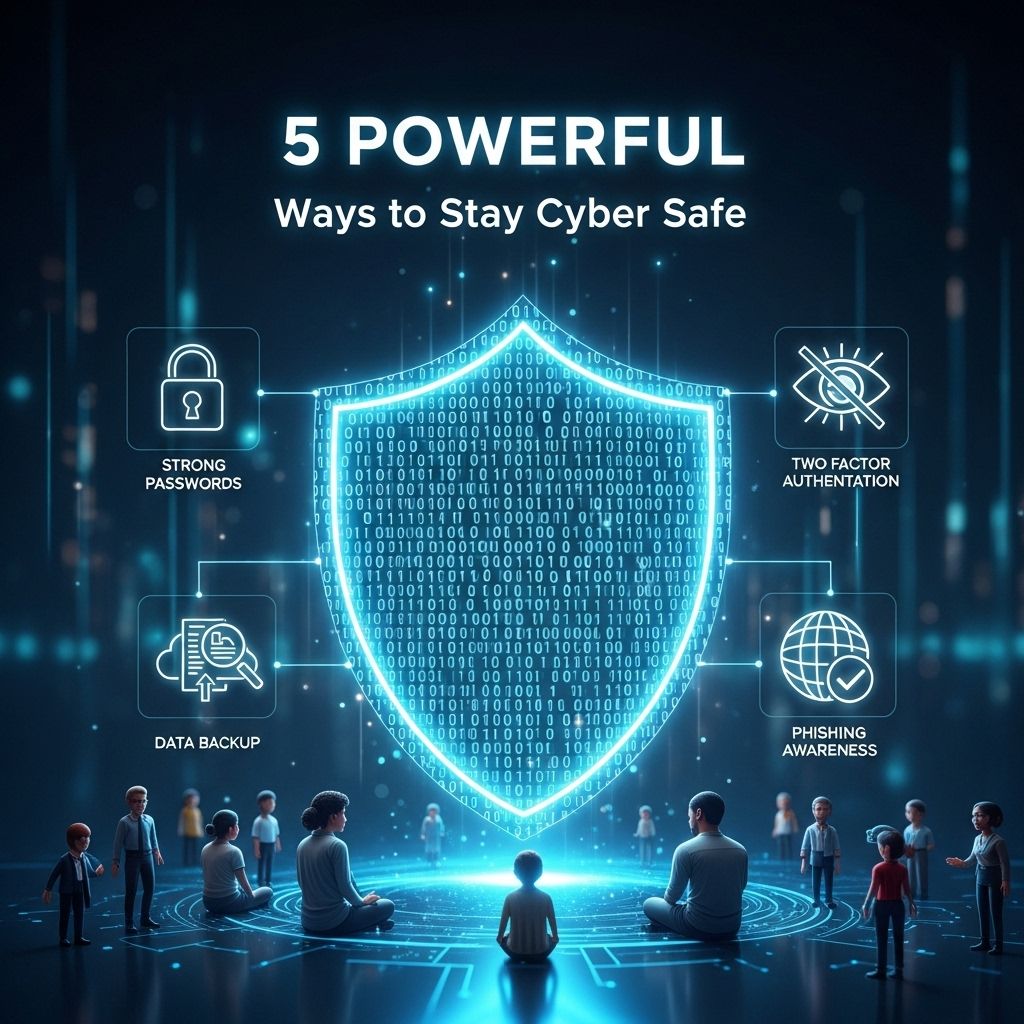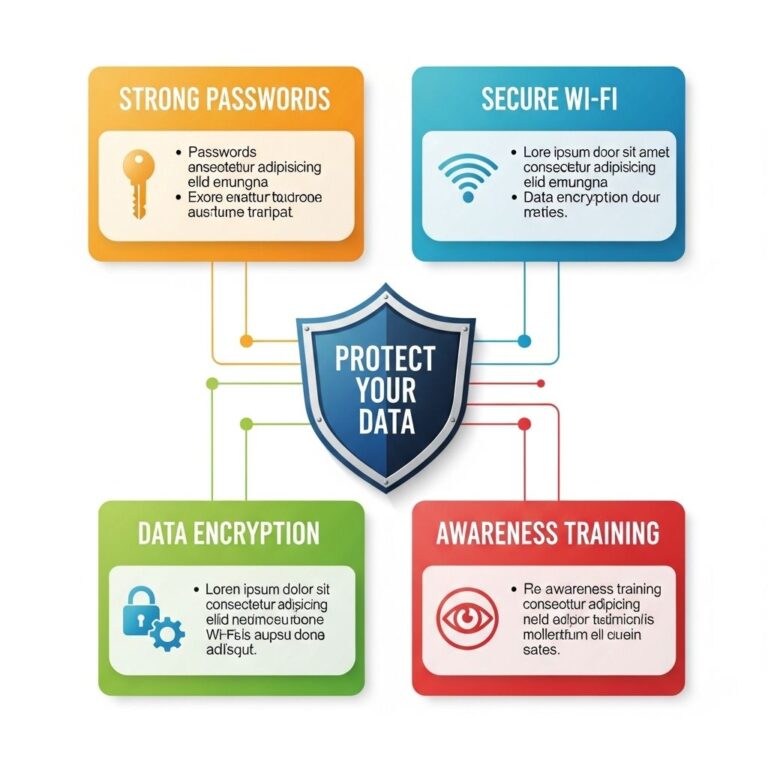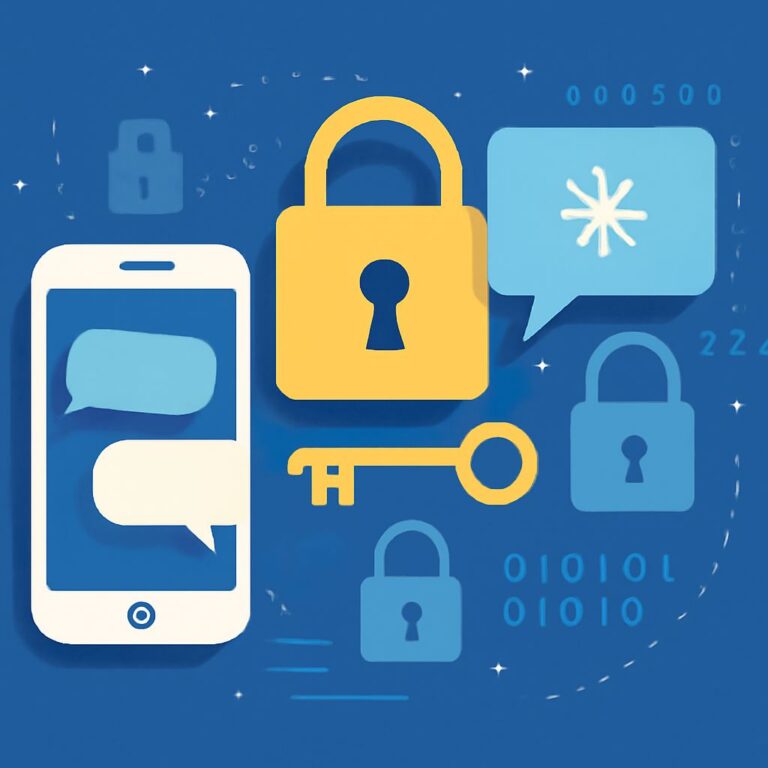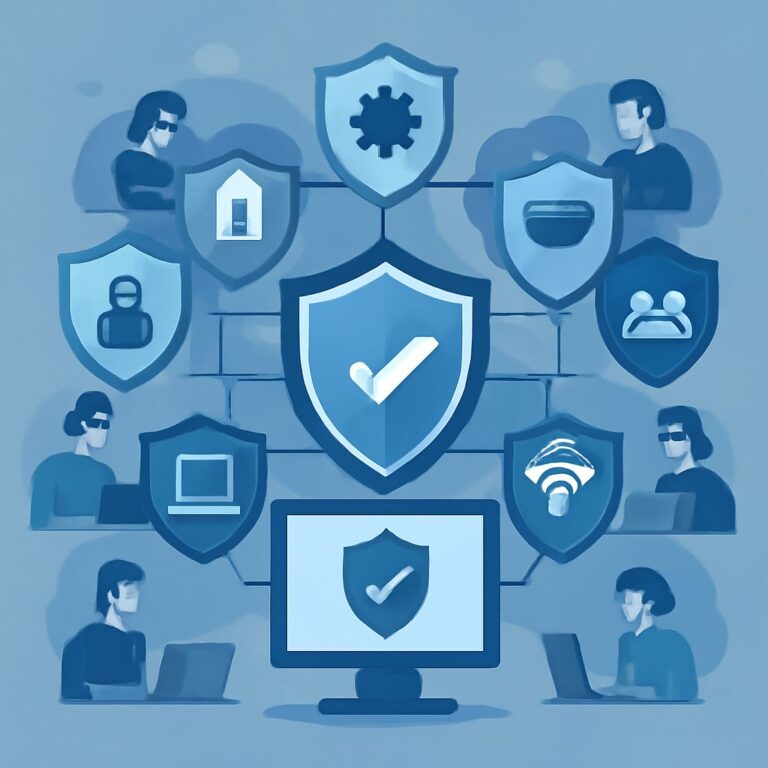In today’s digital landscape, where information flows seamlessly and technology evolves at a breakneck pace, staying cyber safe has never been more crucial. Cyber threats are becoming increasingly sophisticated, presenting challenges not only to large organizations but also to individual users. Whether you’re working from home, managing personal accounts, or simply browsing the web, understanding how to protect your digital presence is vital. In this article, we will explore several powerful strategies to enhance your cybersecurity and keep your data secure.
Table of Contents
Understanding the Cyber Threat Landscape
Before diving into the strategies, it’s essential to understand the types of threats that exist in the cyber world:
- Malware: Malicious software designed to disrupt, damage, or gain unauthorized access to computer systems.
- Phishing: A technique used by cybercriminals to trick individuals into providing sensitive information by masquerading as a trustworthy entity.
- Ransomware: A type of malware that locks users out of their files and demands a ransom for restoration.
- Social Engineering: Manipulative tactics aimed at humans to breach security rather than relying on technical vulnerabilities.
1. Implement Strong Password Practices
Passwords are your first line of defense against unauthorized access. Here’s how to create effective passwords:
Use Complex Passwords
- At least 12 characters long
- A mix of uppercase and lowercase letters
- Inclusion of numbers and special characters
Utilize a Password Manager
Password managers can securely store and generate complex passwords, alleviating the burden of remembering them all. Some reputable options include:
| Service | Features | Price |
|---|---|---|
| LastPass | Secure vault, password sharing, multi-factor authentication | Free, Premium at $3/month |
| 1Password | Travel mode, secure document sharing | $2.99/month |
| Dashlane | Dark web monitoring, VPN included | Free, Premium at $4.99/month |
2. Enable Multi-Factor Authentication (MFA)
Multi-factor authentication adds an extra layer of security beyond just a password. By requiring a second form of verification (e.g., a text message code or authentication app), it significantly reduces the risk of unauthorized access. Most online services now offer MFA options, including:
- SMS codes
- Authentication apps (e.g., Google Authenticator, Authy)
- Biometric verification (e.g., fingerprint, facial recognition)
3. Keep Software and Firmware Updated
Regularly updating your software and firmware is essential for protecting against vulnerabilities. Developers release updates to patch security flaws that cybercriminals may exploit. Here are some key areas to focus on:
- Operating System: Make sure your OS updates automatically.
- Applications: Keep your applications, especially web browsers, updated.
- Devices: Regularly check for firmware updates on devices such as routers, security cameras, and IoT devices.
4. Be Cautious with Public Wi-Fi
While public Wi-Fi offers convenience, it can also pose significant risks. Cybercriminals often use these networks to intercept user data. To mitigate risks, consider the following:
- Avoid sensitive transactions: Don’t access sensitive information like banking details when using public Wi-Fi.
- Use a VPN: A Virtual Private Network encrypts your internet connection, protecting your data from prying eyes.
- Turn off sharing: Ensure that file and printer sharing is disabled when connected to public networks.
5. Educate Yourself and Stay Informed
Knowledge is power in the realm of cybersecurity. Staying informed about the latest threats and security practices is crucial. Here’s how to educate yourself effectively:
- Follow cybersecurity news: Websites like Krebs on Security and Threatpost provide timely updates.
- Take online courses: Platforms like Coursera and Udemy offer courses on cybersecurity fundamentals.
- Join online communities: Engage with forums or social media groups focused on cybersecurity.
Conclusion
Staying cyber safe requires a proactive approach to protect your digital assets from evolving threats. By implementing strong password practices, enabling multi-factor authentication, keeping your software updated, being cautious with public Wi-Fi, and continually educating yourself, you can significantly reduce your risk of cyberattacks. In a world where technology is woven into the fabric of everyday life, being vigilant and informed is your best defense against cyber threats.
FAQ
What are the best practices for creating strong passwords?
To create strong passwords, use a mix of uppercase and lowercase letters, numbers, and special characters. Aim for at least 12 characters and avoid using easily guessed information like birthdays or names.
How can I recognize phishing attempts?
Phishing attempts often come in the form of unsolicited emails or messages that ask for personal information. Look for signs like generic greetings, poor grammar, and suspicious links.
What steps should I take if I suspect a data breach?
If you suspect a data breach, change your passwords immediately, enable two-factor authentication, and monitor your accounts for unusual activity. Consider using credit monitoring services as well.
How can I protect my home Wi-Fi network?
To protect your home Wi-Fi, change the default router password, use WPA3 encryption, regularly update your router’s firmware, and disable guest networks if not needed.
What should I do to secure my mobile devices?
To secure your mobile devices, use a strong passcode, enable biometric security features, keep your operating system updated, and install apps only from trusted sources.
Why is it important to keep software updated?
Keeping software updated is crucial as updates often include security patches that fix vulnerabilities. Failing to update can leave your system exposed to cyber threats.









